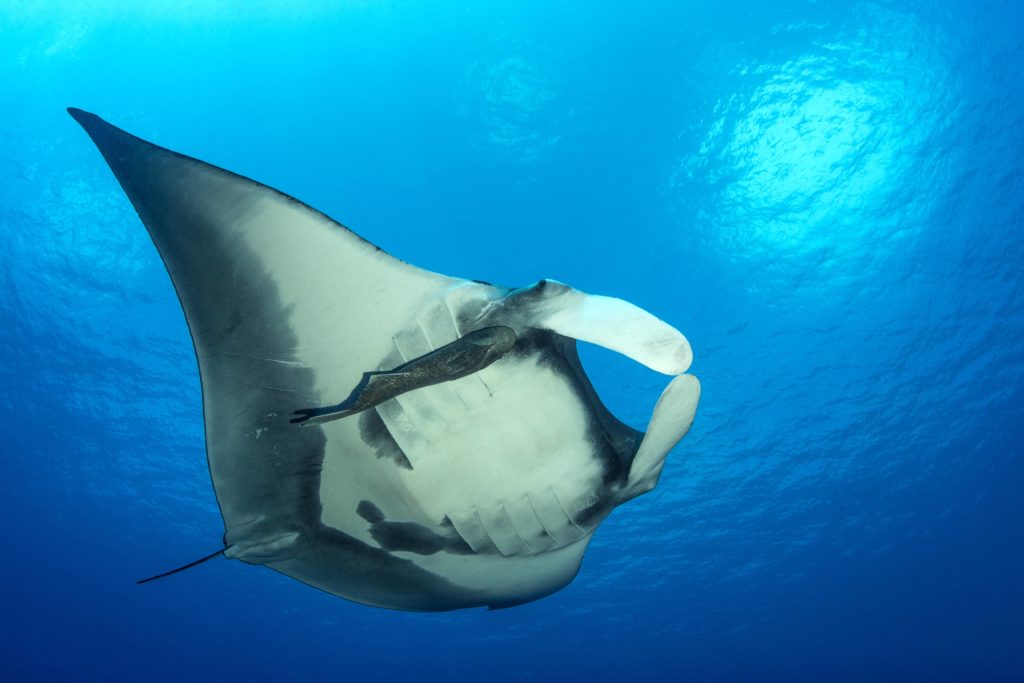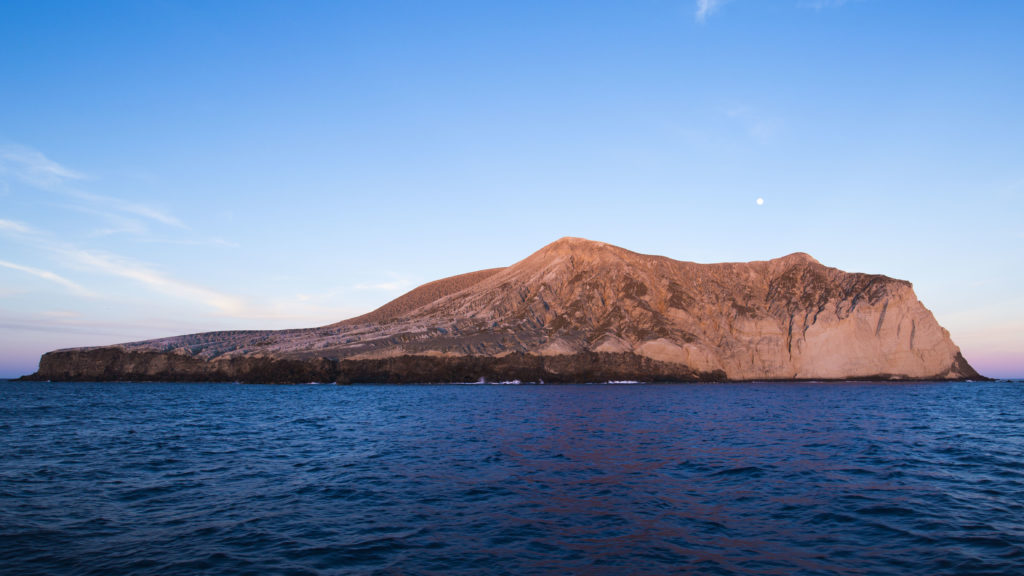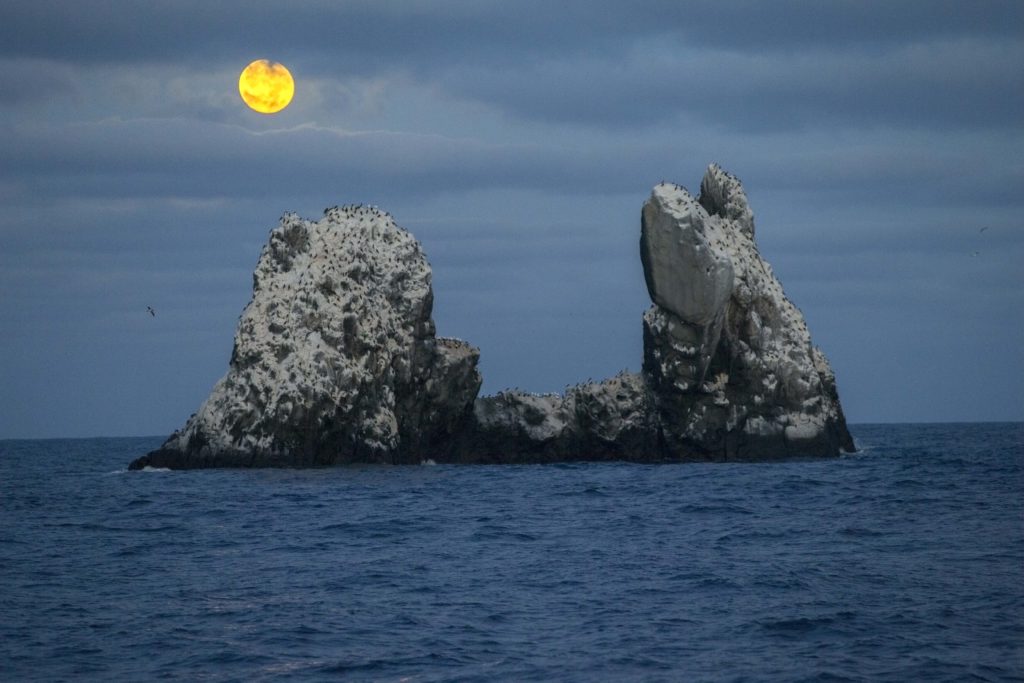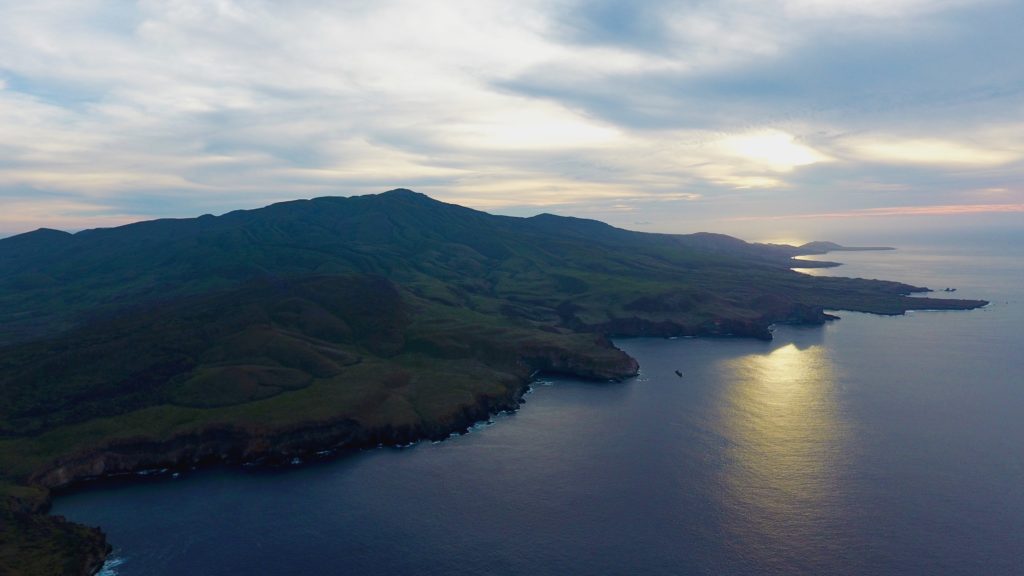
Date/Time
Date(s) - 01/08/2017 - 01/16/2017
Location
Revillagigedo Archipelago
Categories
Most landlubbers haven’t heard of the Revillagigedo Archipelago which contains Isla Socorro. But adventurous scuba divers dream about it. The island, sometimes called Mexico’s “little Galápagos”, is a shield volcano that emerged from the ocean floor 5,000 years ago and peeked above the waves 300 miles south of Cabo San Lucas. As the largest island in the Revillagigedo Archipelago, Socorro is an open-ocean way station along the migratory routes of large pelagic species like hammerhead sharks, giant oceanic manta rays and whale sharks. Blue whale sightings are not unheard of. To dive here is to dive among the giants of the ocean.

We are so grateful for the support of our steadfast funders at MaiTai Global, Paul M. Angell Family Foundation, the Marisla Foundation and other important donations from the Mission Blue community. This expedition wouldn’t have been possible without our expeditions partners Fins Attached, Pelagios Kakunjá and Fusion. Finally, we were proud to use donated equipment from our corporate partners at Scubapro, Gates Underwater Products and Light and Motion.



Much as the Pan-American Highway runs down Mexico, across Central America and into South America, there is a network of seven marine protected areas that run north-south in the Eastern Pacific Ocean acting as a superhighway for marine migratory species. These bio-vibrant jewels of the Eastern Pacific are the Galapagos Islands, Coiba National Park, Cocos Island National Park, Malpelo Fauna and Flora Sanctuary, Area de Conservación Guanacaste, Islands and Protected Areas of the Gulf of California and, of course, the Revillagigedo Archipelago. Thankfully, there is robust international cooperation that began in 2004 when Costa Rica, Panama, Colombia and Ecuador signed the San José Declaration that formally established the Marine Conservation Corridor of the Eastern Tropical Pacific. In 2016 at the Third Marine World Heritage Managers Conference, managers from all seven parks listed above signed an agreement to scale up collaboration, an ambitious and welcomed coordination of conservation that stretches thousands of miles down the western coast of the Americas.
Read and Watch More:
Expedition Goals:
More work needs to be done to better understand the patterns of the marine life that makes use of this corridor in order to implement more effective conservation and enforcement strategies, especially as it relates to the overfishing of sharks. The Mission Blue expedition is a piece of the puzzle, to learn more about these great living systems, so we all can make wise decisions that better serve the needs of marine life.
Read our new privacy policy here.